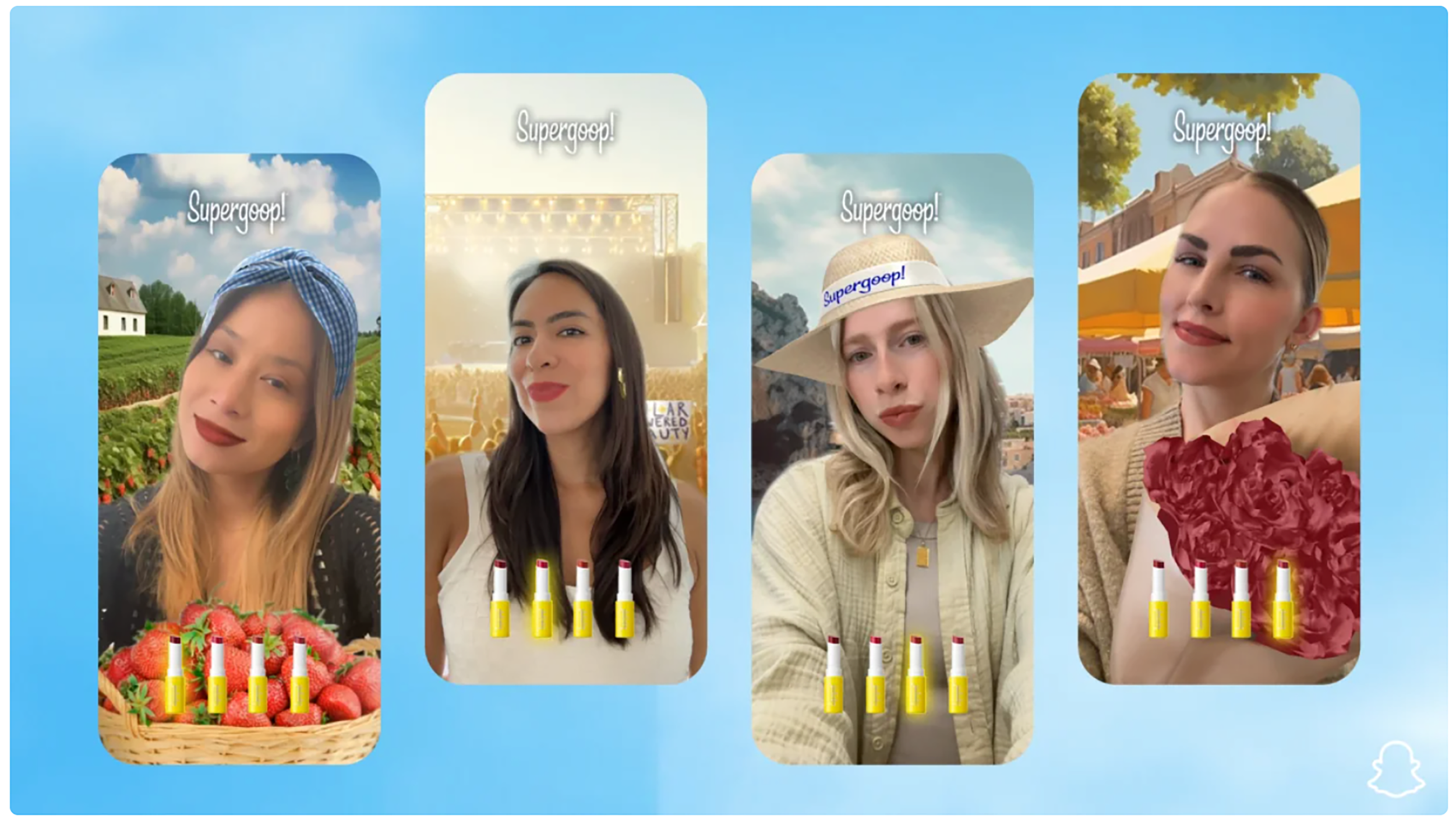#SocialMediaGoals for 2024 Part 2
(Part 2 of a two-part series)
5-minute read
This is the second article in our two-part series on what brands can Stop, Start, and Keep in 2024 when it comes to their social media channel strategy. In Part One, we discussed how TikTok and YouTube continue to be highly engaging platforms, drawing millions of views from Millennials and Gen Z. In Part Two below, we elaborate on what social media platforms to continue investing in and which to move away from.
As brands continue to put more resources and budget on social media platforms to build more meaningful relationships with their target audiences, understanding what content, channels, and influencers can maximize efforts is essential. Here is how to approach established platforms like Facebook, Instagram, and Twitter, as well as less talked about platforms like Pinterest and Snapchat.
Instagram: START Creating Content for Reels; STOP Posting Too Frequently.
Despite the media focus on TikTok last year, Instagram is still a favorite among young people. IG’s strong celebrity and influencer presence is critical to why Millennials and Gen Z spend time on the platform. Instagram is well known among these generations for its ability to create and amplify viral sensations in fashion, beauty, and retail. Reframing that Instagram, not a brand’s website, is the first place young people dive deeper into a brand to learn more about who they are, get a sense of their aesthetic, and discover their products.
To strengthen a brand’s presence and lift reach, create video content for Reels. Short-form videos on the platform now receive a higher engagement than static photos due to TikTok’s influence on how the next generation likes to consume content. Huda Beauty, a top performer on Instagram in the beauty industry, uses Reels to insert themselves in cultural conversations. Analyzing their content for an entire year showed that over half of their posts were on Reels. Much of the brand’s Reels content comments on and duplicates trending beauty topics and hacks like color correcting and #fauxfilter. Don’t feel pressure to post daily or multiple times a day on IG. We think that 5-7 times a week will suffice.
Due to algorithm changes, lower engagement rates tend to be the norm, even for the most popular brands on the platform
Facebook & X (formally known as Twitter): STOP Viewing Them As Viable Ways to Reach Gen Z.
Year over year, we continue to see young people become less active and decrease engagement with content on both Facebook and X. While a portion of Millennials and Gen Z still have accounts on these platforms, their share of time and what captures their attention is the content their friends, favorite creators and followed brands do on platforms like TikTok, Instagram, YouTube and others.
Pinterest & Snapchat: START Experimenting With These Platforms Only If Resources Allow.
Suppose your 2024 youth-focused social strategy includes top platforms like TikTok, Instagram, and YouTube. In that case, you’re well on your way to strengthening your brand’s relationship with these young audiences. If a brand is looking to go the extra mile to engage Millennials and Gen Z, Pinterest and Snapchat are bonus platforms to experiment with as usage remained strong on both platforms in 2023. Pinterest’s monthly young users have grown over 2x year-over-year compared to all. Pinterest’s collage-making app Shuffles has created a buzz among this young generation through its collage-making features, now on its parent platform. The ability to focus on creativity, inspiration, and exploration is a welcome online space in a sea of platforms focused on likes and views. Brands like La Roche-Posay and Walmart want to capitalize on the fashion and lifestyle aesthetics young audiences base their identity and purchases on.
Snapchat continues to have a loyal base among young audiences because its private messaging and real-time location service features are unparalleled. Over 70% of its users are Gen Z and Millennials, of which over 100 million are US-based. Over a quarter of these users use the app every day. Their unique features, like AR lenses, have proven to be more effective as immersive experiences than other platforms. Additional features like Snapcodes and geographical filters have helped brands like L’Oreal, E.l.f, and Dior to grow awareness and increase brand engagement.
For more insights on optimizing and maximizing the ROI of your social media and content strategy in 2024 through our propriety STOP / KEEP / START model, email us back for more information on our Future Forward brand sprint.


